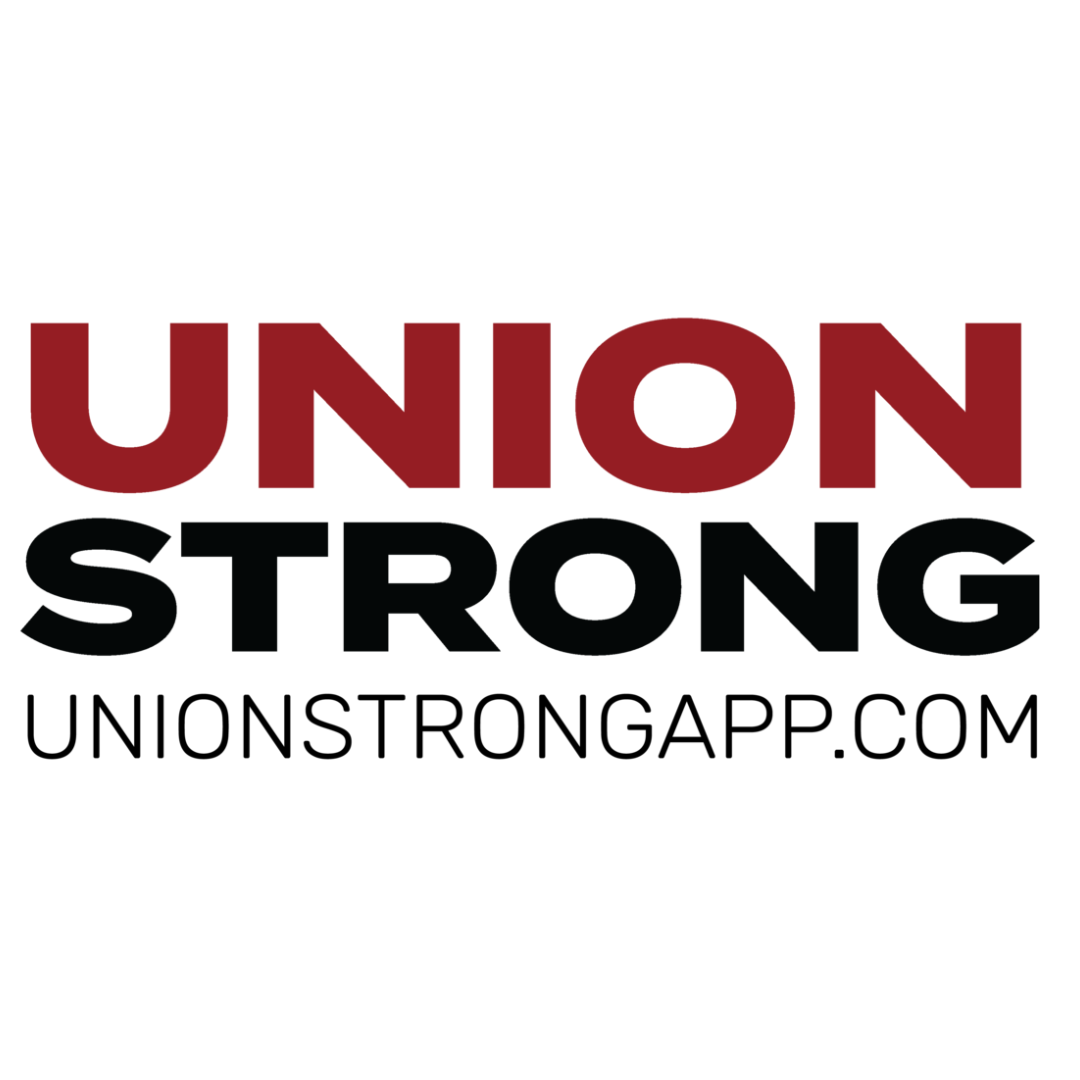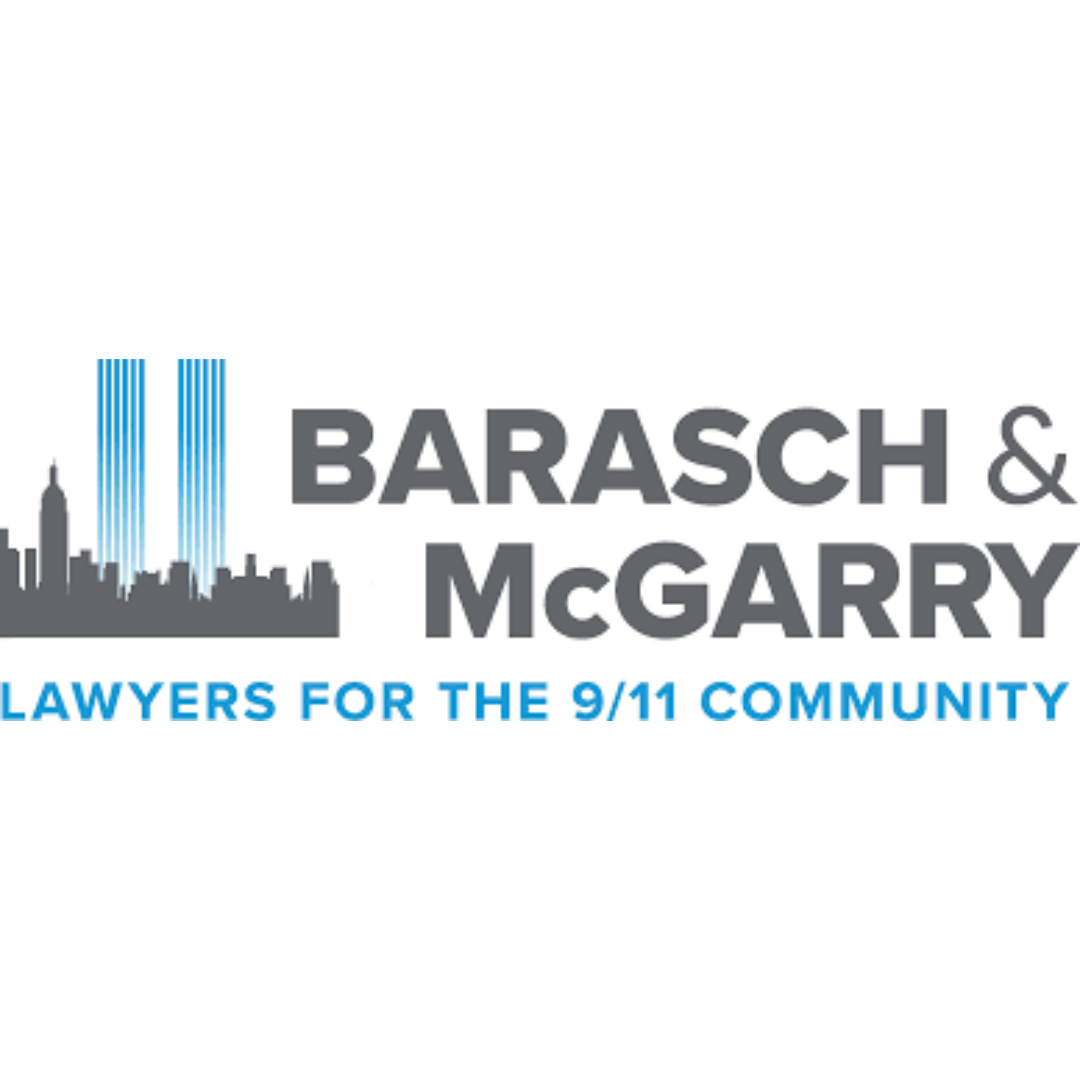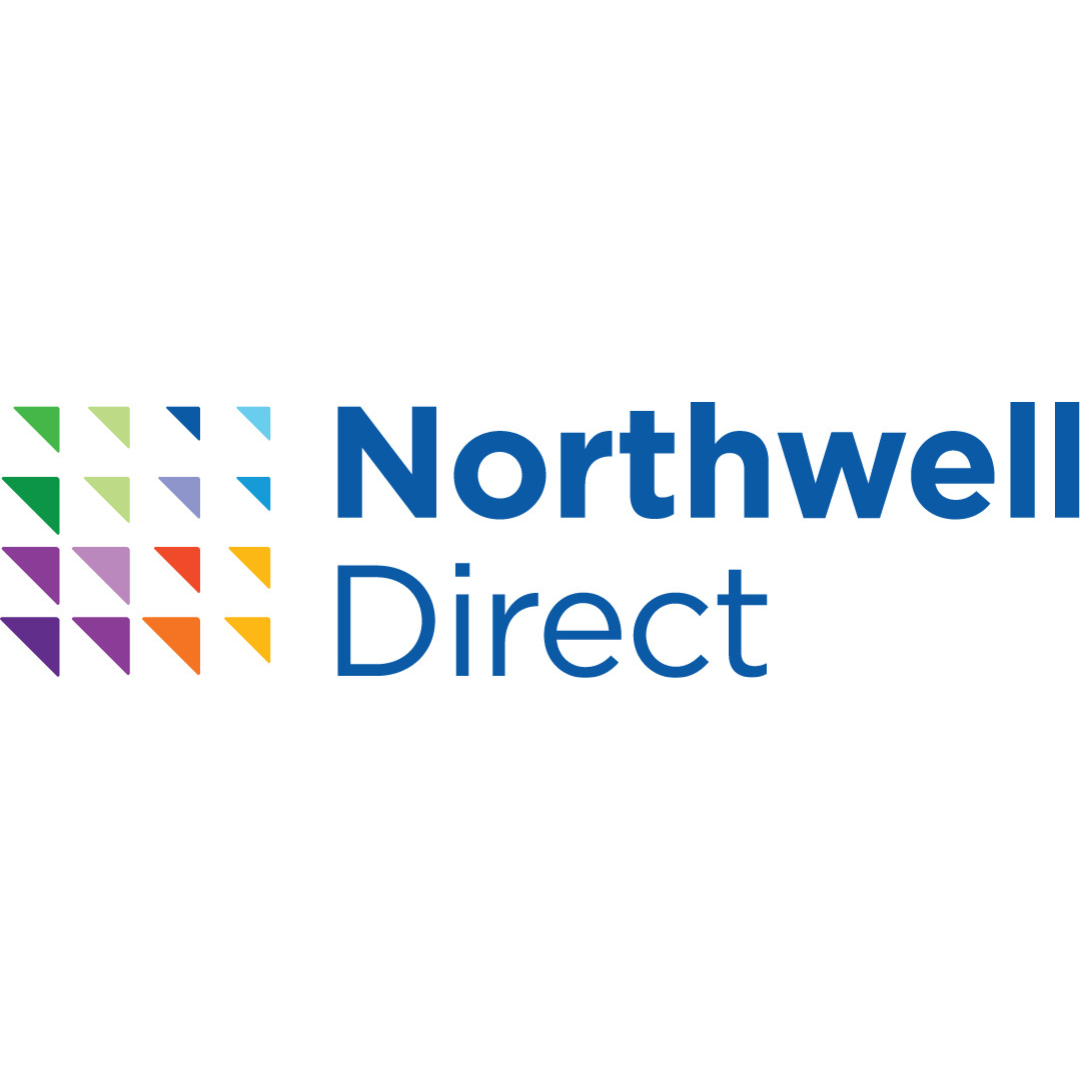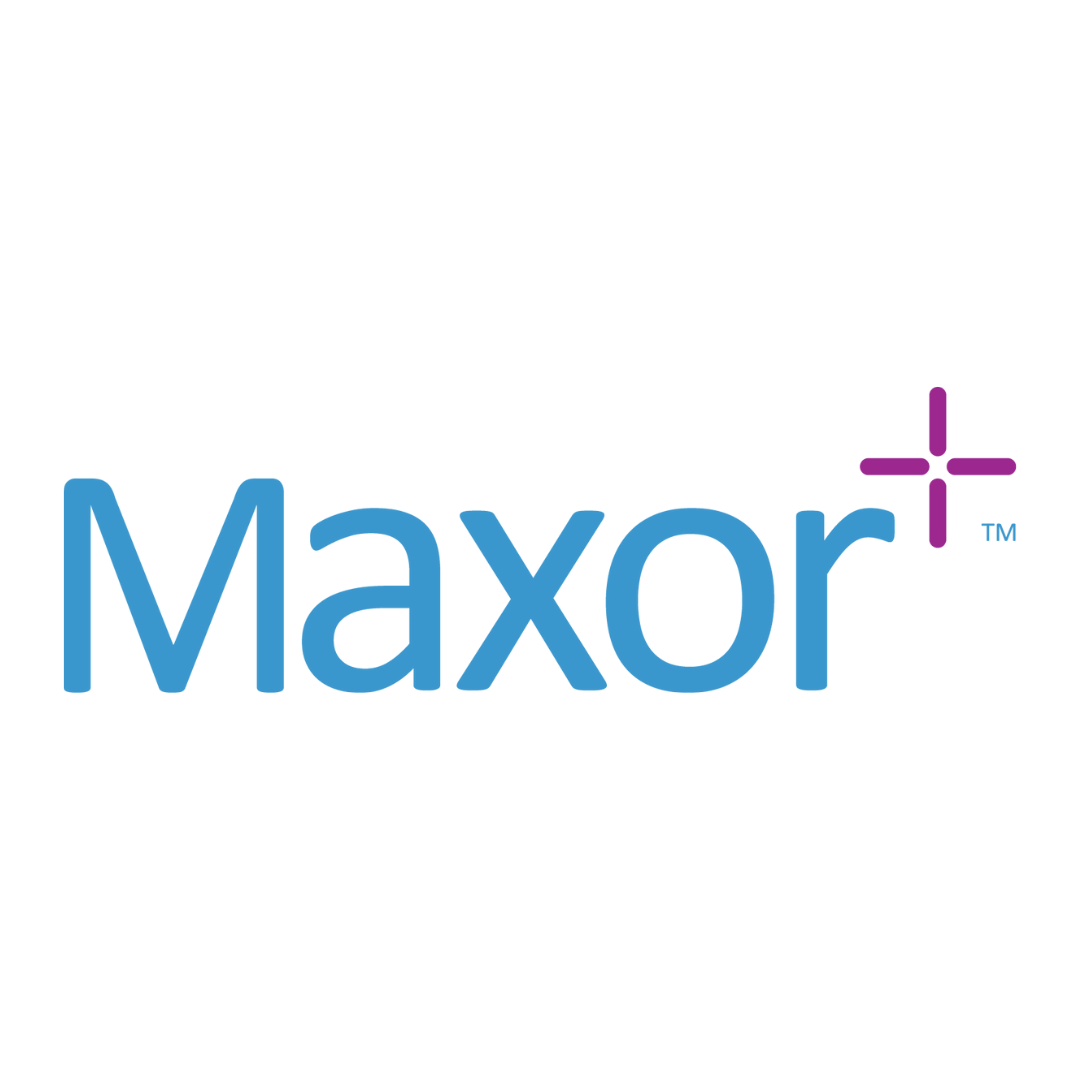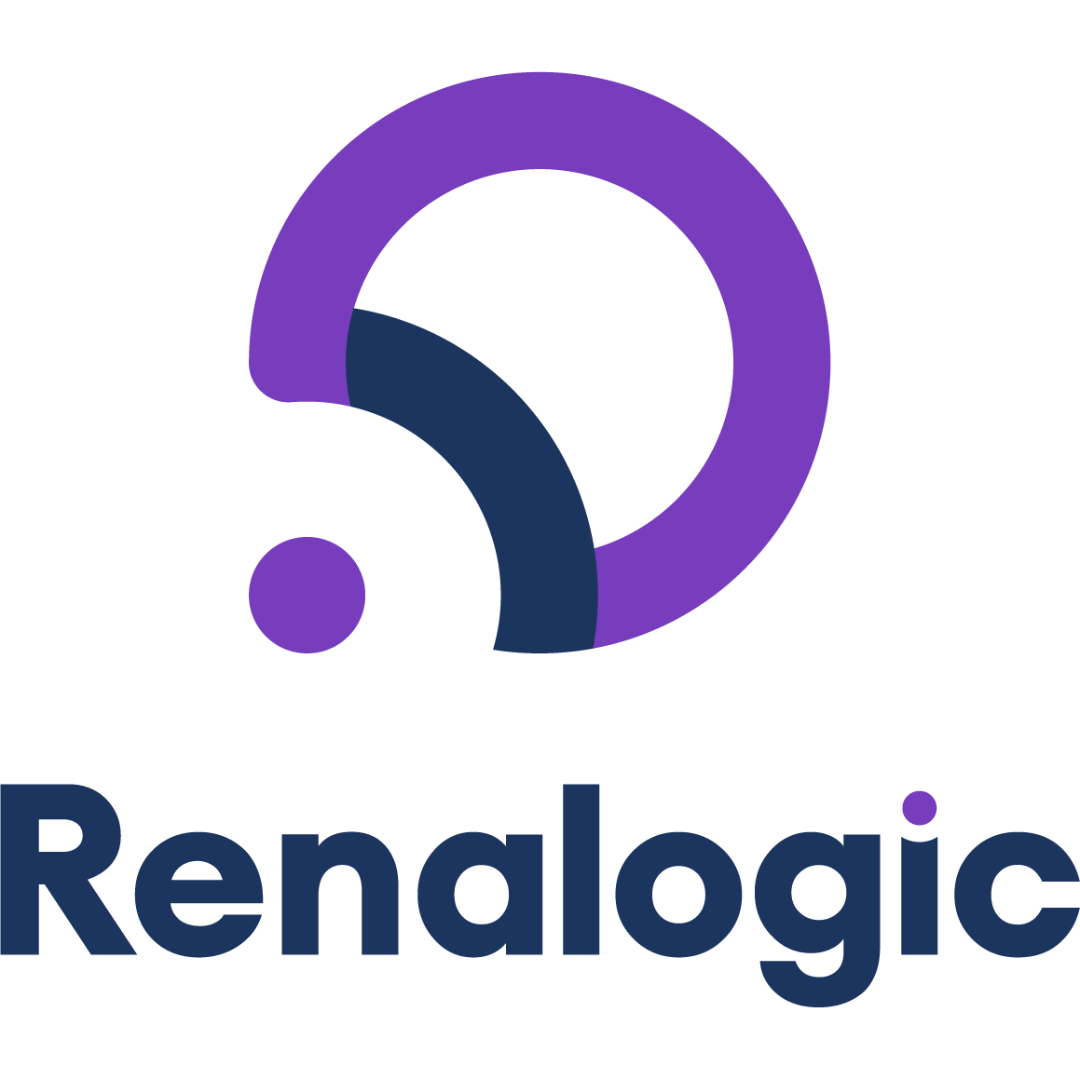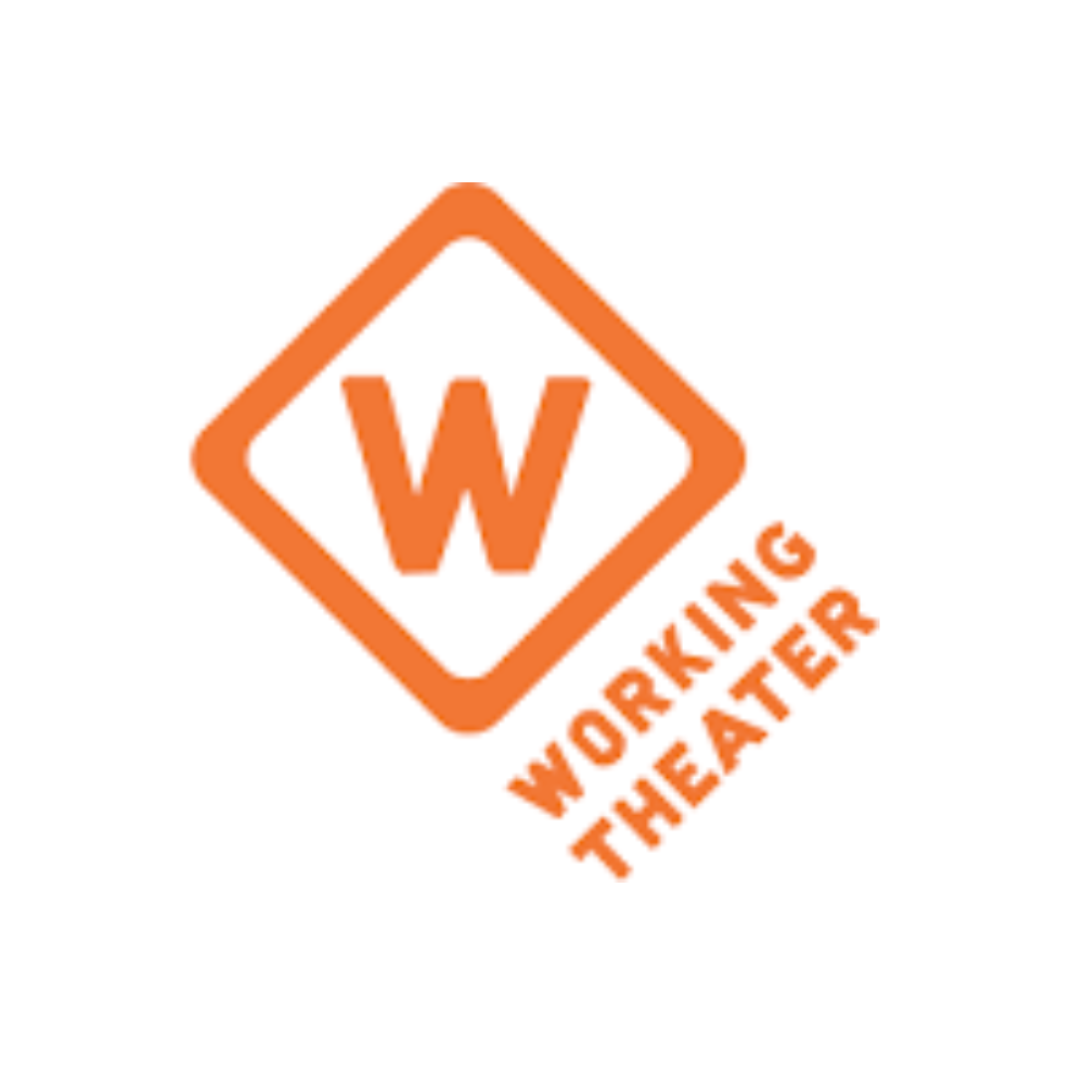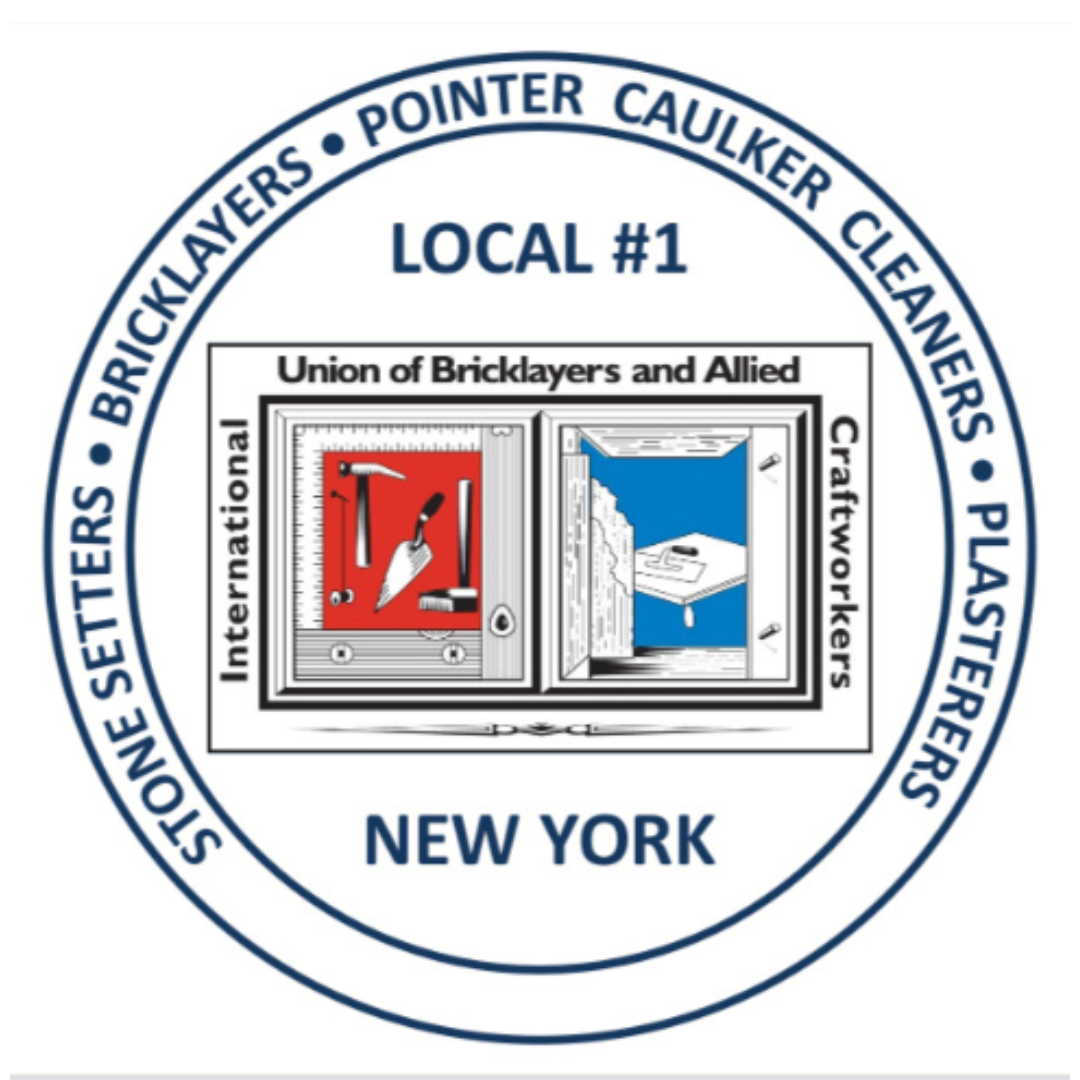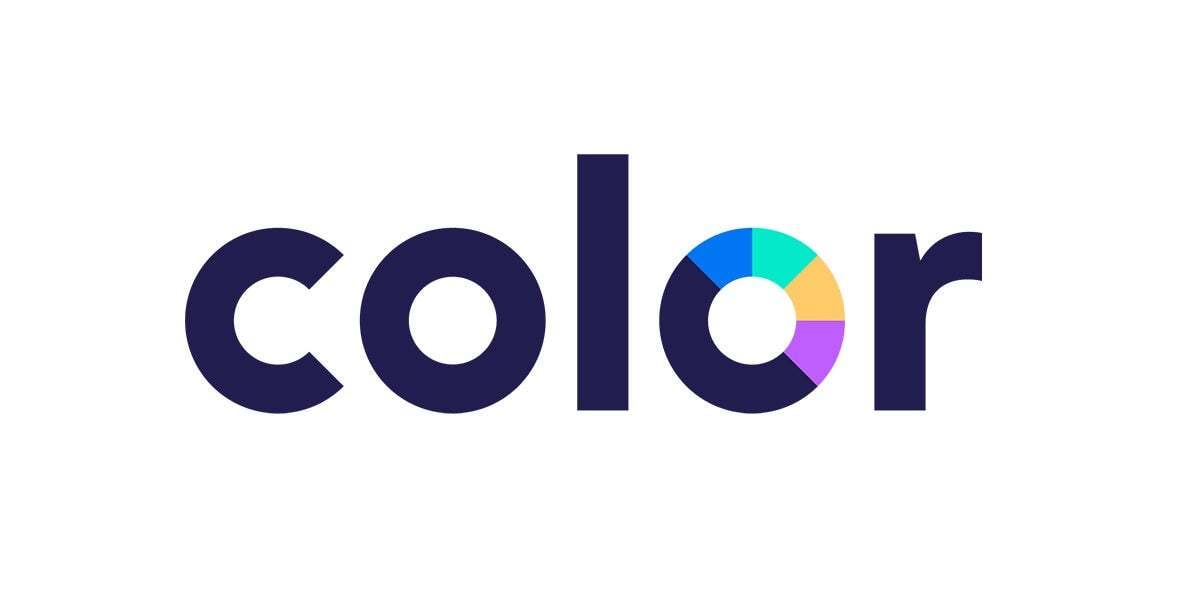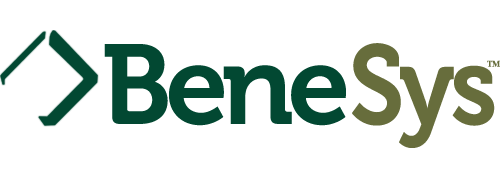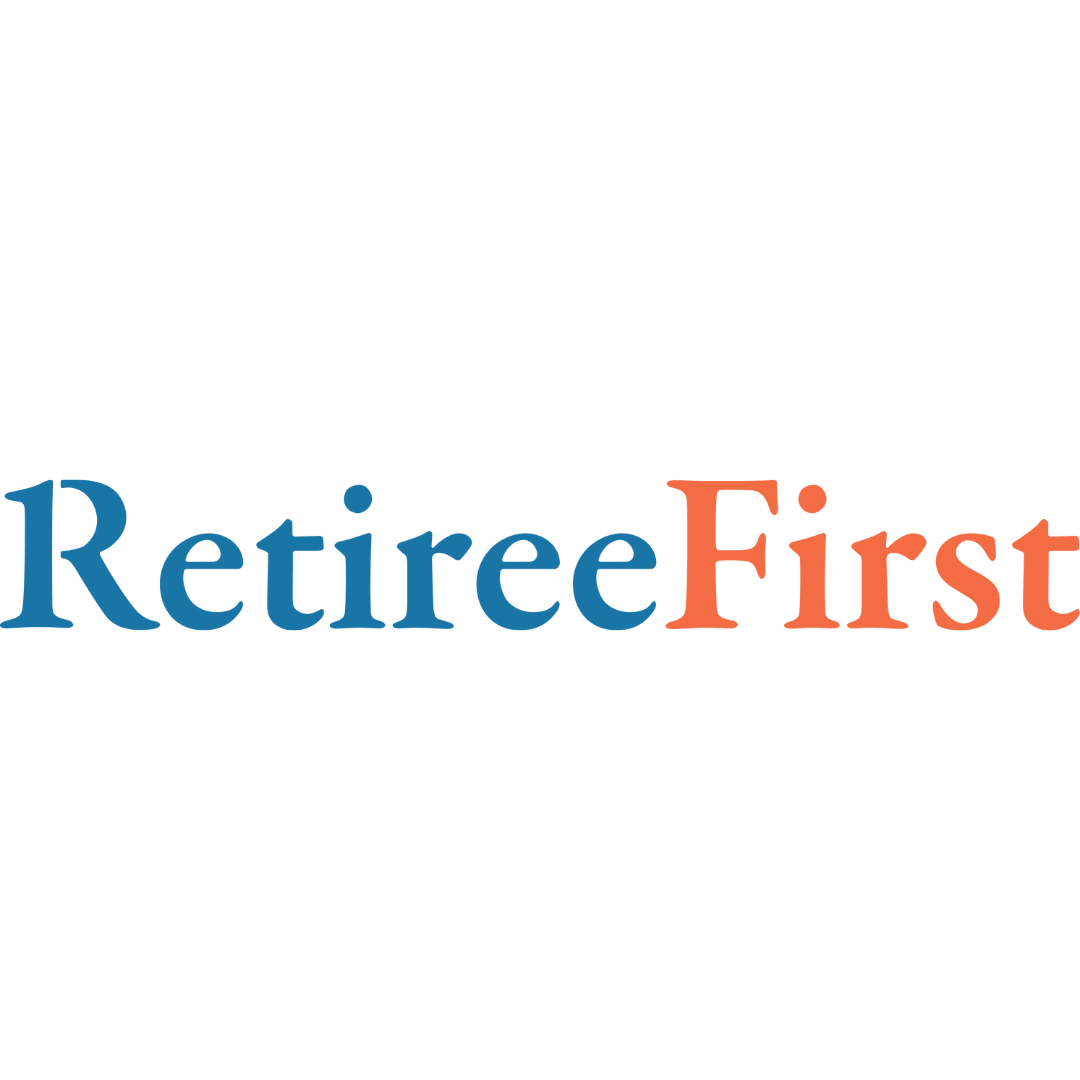New Survey Reveals Gaps in Current Benefits Offerings and Opportunities for Comprehensive Care

The burden of cancer is rising for people and businesses across the country. In 2025, the American Cancer Society projects more than 2 million new cancer diagnoses, including a rise in incidence among working-age adults. Today, women under 50 are nearly twice as likely as their male counterparts to be diagnosed, and we’re seeing incidence among younger adults rise for 17 of the 34 cancer types.
Employers recognize these troubling cancer trends as a call to action. Cancer is a top concern for their workforce and their business’s financial health, and the benefits programs they offer can determine outcomes for millions of people. But are these programs really doing all they need to control cancer in their populations?
According to a new Color Health survey of over 250 HR and benefits leaders at companies that offer cancer benefits and have 500 or more employees, the solutions employers have today may not cover all their employees’ needs at each stage of the cancer journey.
Current cancer benefits offerings leave room for improvement
About nine in 10 HR and benefits leaders surveyed agree that tackling cancer will require not just active management of cancer for employees, but also early detection and survivorship support. As such, many employers offer access to screening through their health plans or primary care providers (PCPs), and Employee Assistance Programs (EAPs) are often available for mental health support. Their median annual spend on cancer benefits sits around $500,000. While employers may think these basic solutions cover their employees’ cancer needs, the data tells a different story.
Seventy-two percent of HR and benefits leaders agree that health plans and PCPs aren’t getting enough of their employees screened for cancer. While three in four agree that they need to expand their offerings beyond health plan and PCP programming, only about one in four at most are doing so today. Those who do offer such programs see a lack of engagement from employees; for example, 43 percent of benefits leaders acknowledged employee utilization of screening and early detection was low to moderate. Despite wishing they invested more in early detection services, 81 percent currently spend significantly more on active treatment management.
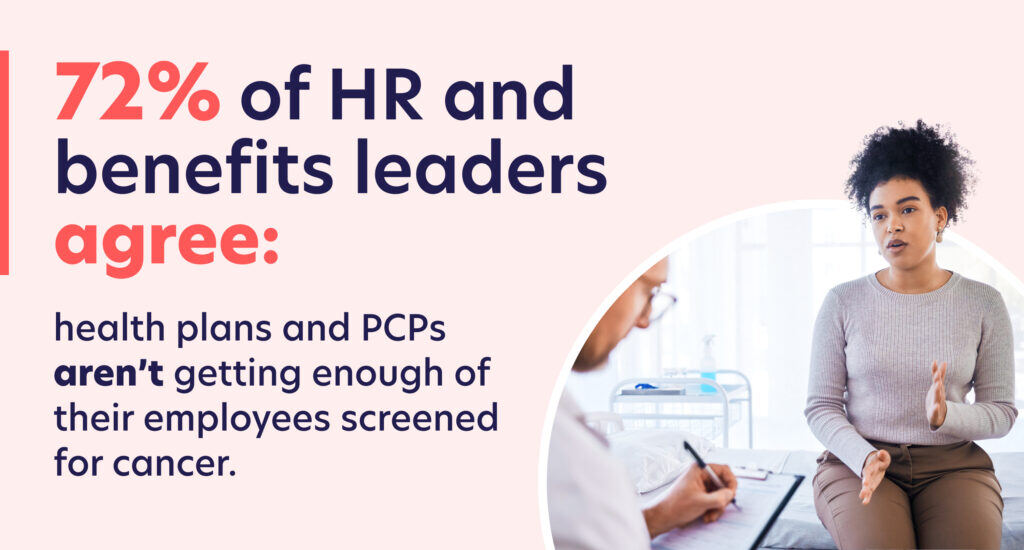
Employers are also committed to supporting employees’ mental and emotional health as it relates to cancer treatment, survivorship, and caregiving. Forty-two percent ranked cancer mental health and emotional support as a top concern. However, the EAPs they offer today often aren’t specialized to cancer, and they can be difficult for people to access. Only about half of employers offer enhanced mental health and emotional support services that can be used by cancer patients and survivors.
Delivering the comprehensive programs employers need to tackle cancer
It’s clear that what’s important to employers in terms of cancer services don’t always match their current benefit offerings. To meet their workforce’s cancer needs, employers should focus on programs that offer comprehensive, guidelines-based care at every stage of the cancer journey – from early detection, into treatment, and through survivorship.
Diagnosing cancer just one stage earlier can save $60,000 per patient in treatment costs and triple their five-year survival rates. Nearly all of the surveyed benefits leaders (95 percent) agreed that earlier detection is one of the best ways to improve outcomes and reduce costs. Employers need cancer programs that offer personalized, expert-led support to help their employees catch cancer as early as possible. This includes offering individualized risk assessments and evidence-based screening guidelines for employees, removing barriers to screening with accessible and at-home options, and linking members to cancer experts to manage next steps.
If an employee is diagnosed, it’s crucial to begin treatment as quickly as possible. Comprehensive cancer programs can ensure employees receive all the essential tests to accelerate time to treatment, then refer them to high-quality care via a team of cancer experts. It’s also important to help employees manage the emotional, financial, and logistical challenges of cancer treatment. Today, 46 percent of benefits leaders agreed that their organization lacks the support systems to manage medical leaves or facilitate returns to work for employees undergoing cancer treatment or in remission. Programs that offer 24/7, direct cancer support can help manage clinical, financial, or other needs before they disrupt care. This helps reduce absenteeism from work, and peer-led mental health offerings ensure emotional and psychological needs are met.
When an employee enters remission, they have complex survivorship needs that must be carefully supported. The right cancer benefit will include long-term survivorship care plans that address employees nutritional, physical, logistical, and financial needs, as well as provide resources for employees and managers to support medical leaves and successful returns-to-work. Behavioral health care specific to the needs of cancer survivors are also essential to helping people transition back to health after treatment.
Color Health’s Virtual Cancer Clinic is the only solution fully-focused on cancer–for your full workforce. It is a vertically-integrated cancer program that delivers proactive, evidence-based interventions at every step of the cancer journey. Our 50-state medical group and team of cancer experts provide the most comprehensive, guideline-based, risk-adjusted care to every employee, wherever and whenever they need it most, to improve outcomes and reduce costs.
Ready to learn more? Download our employer survey here to dig into the data, or reach out at learnmore@color.com to chat with our team about offering the Virtual Cancer Clinic to your employees.

